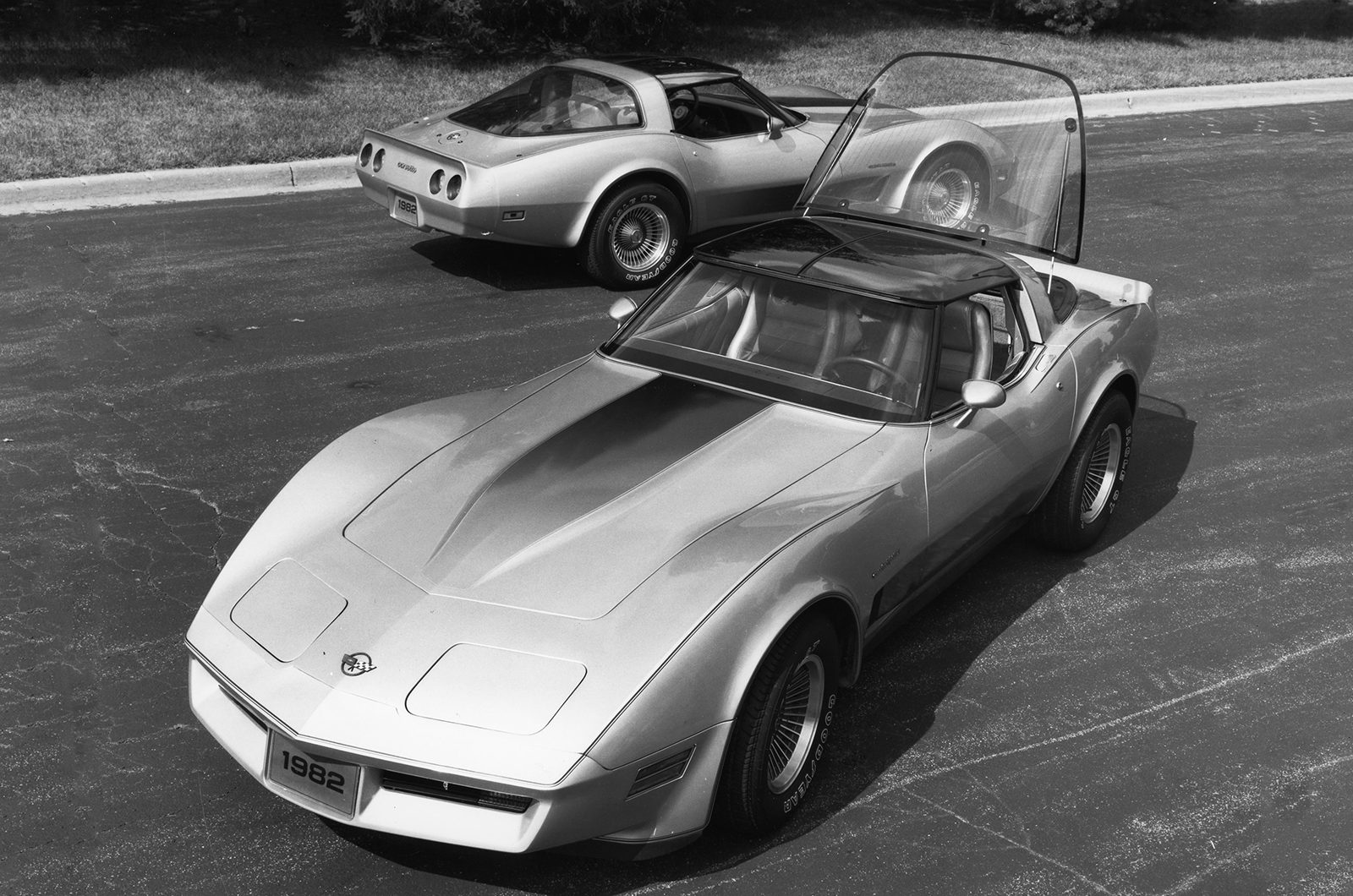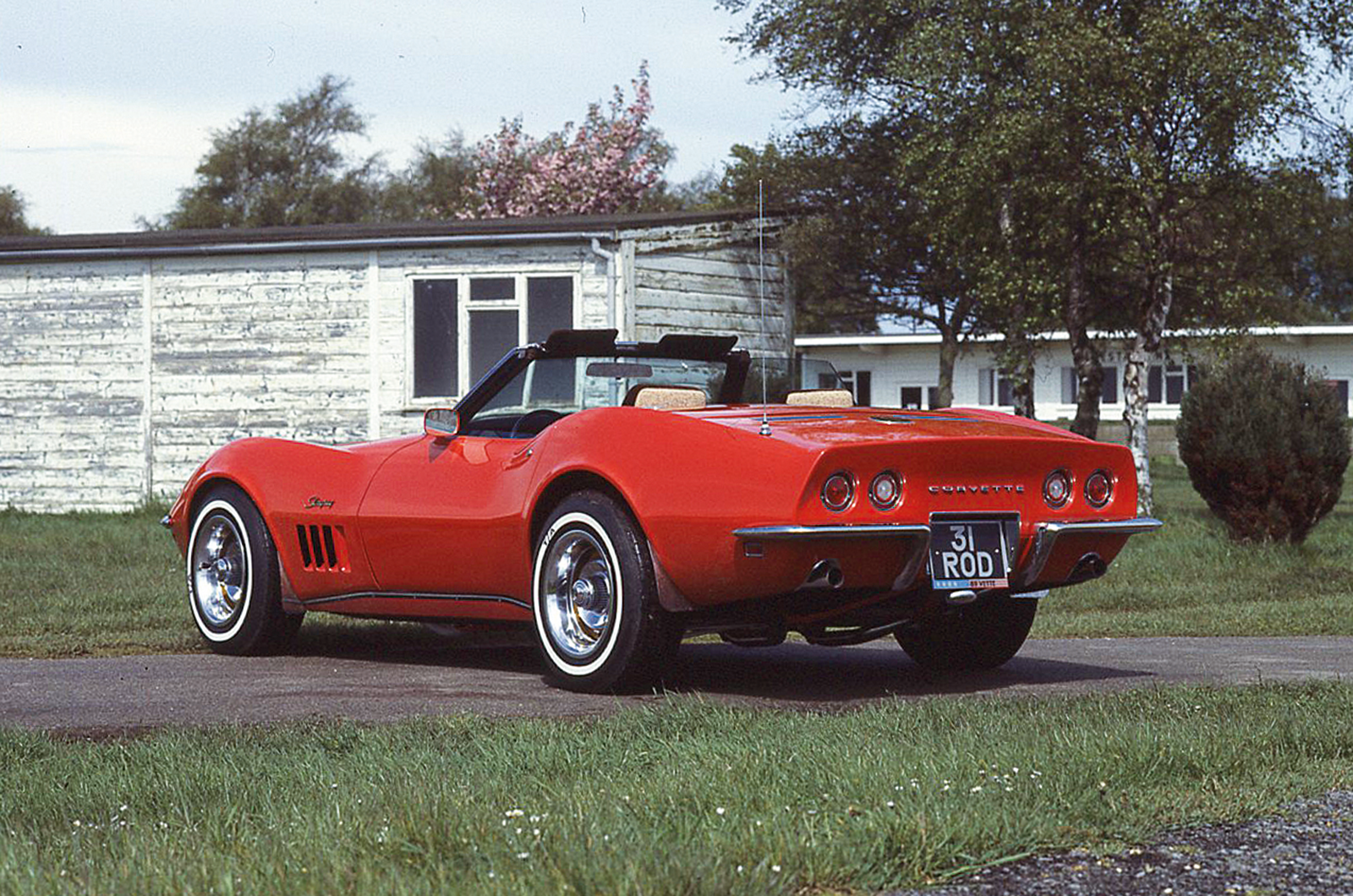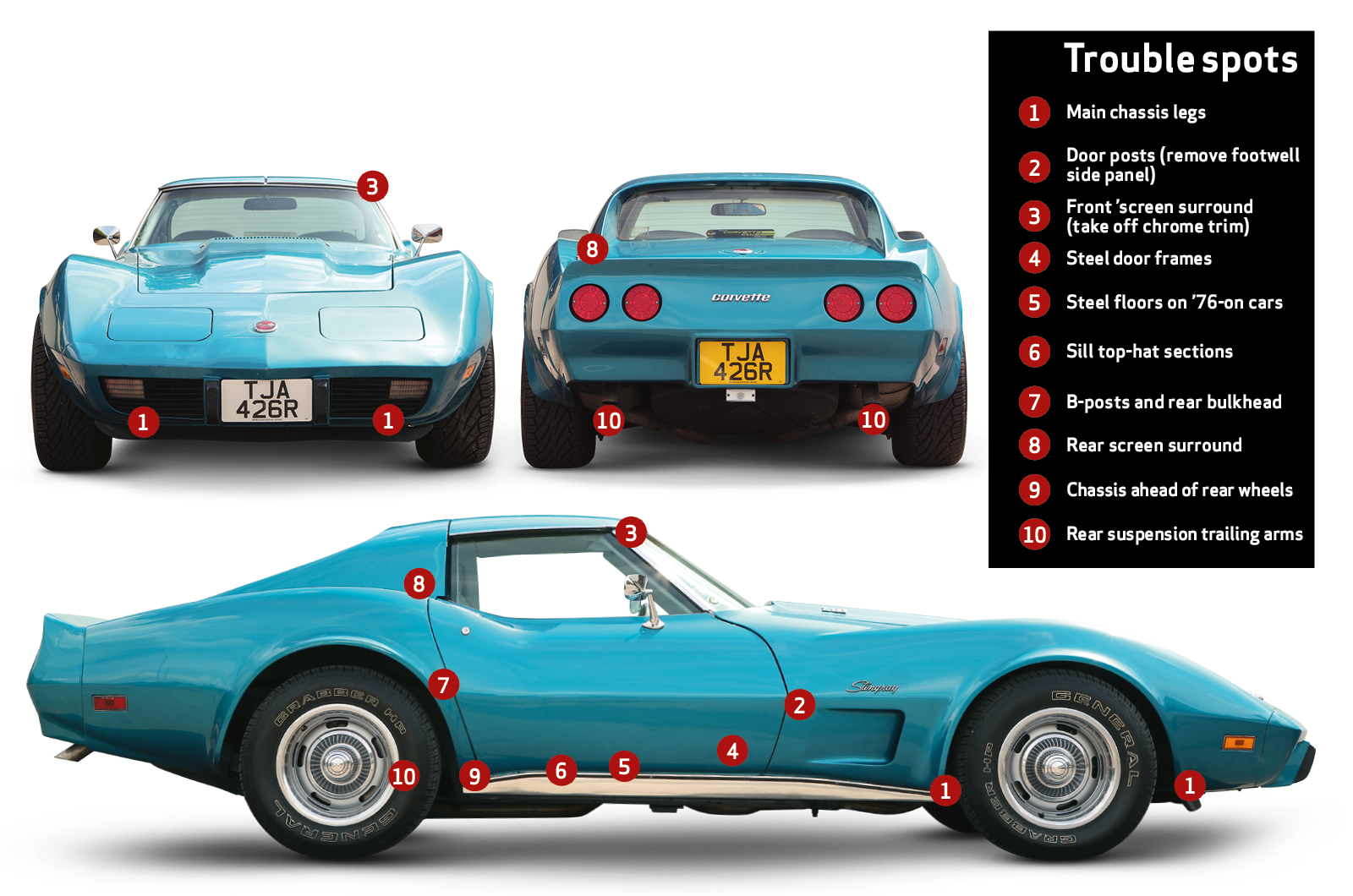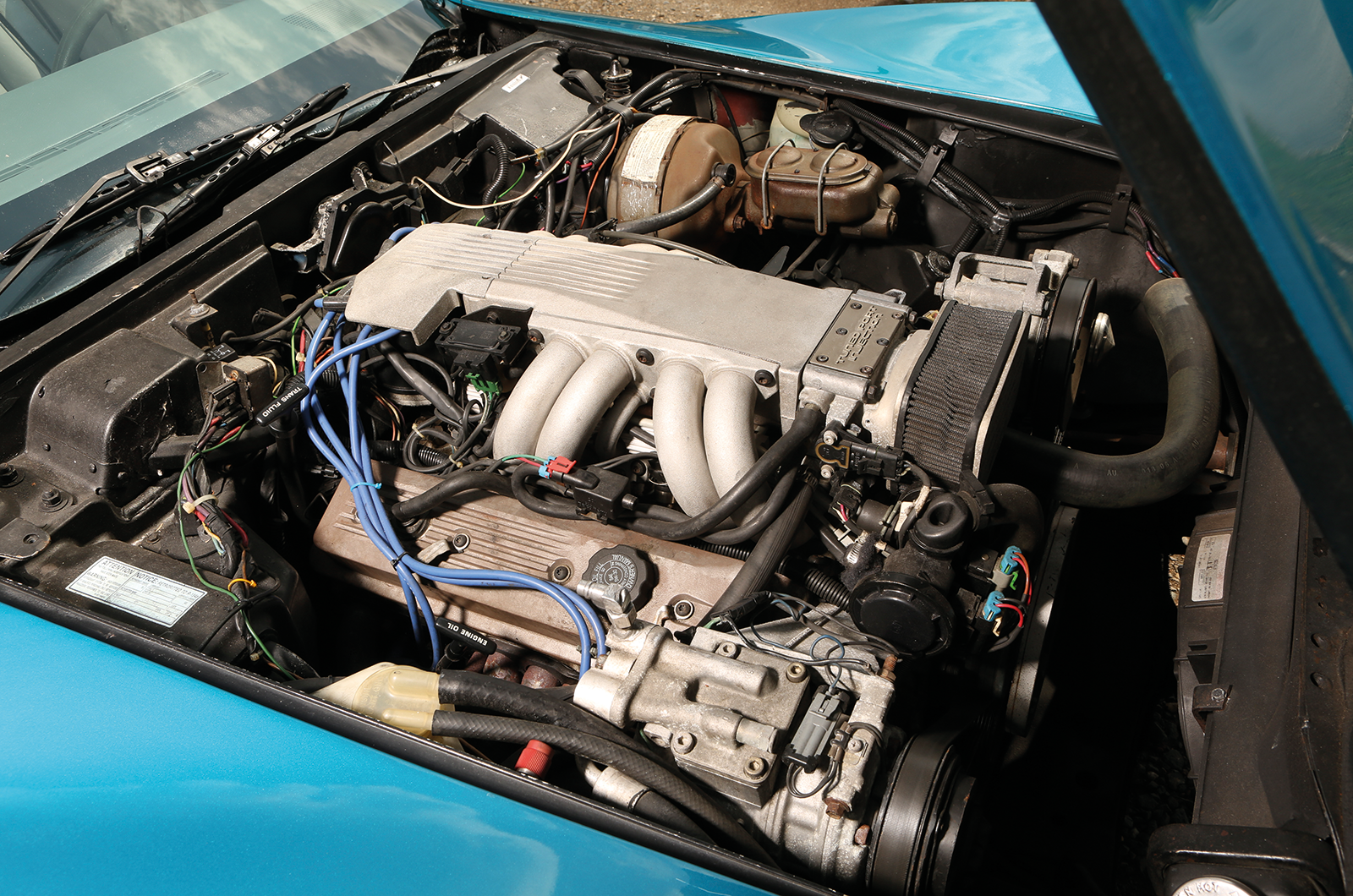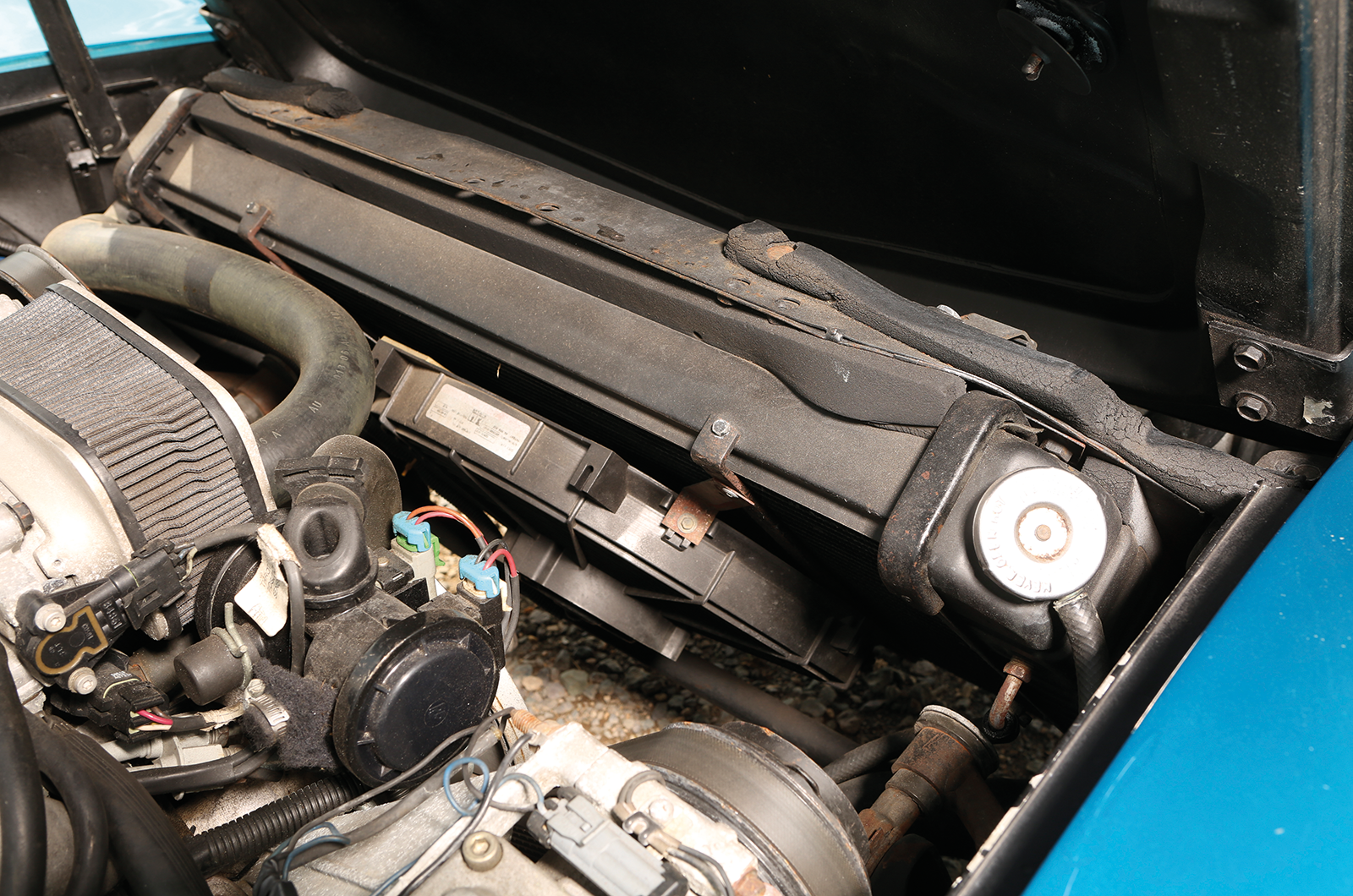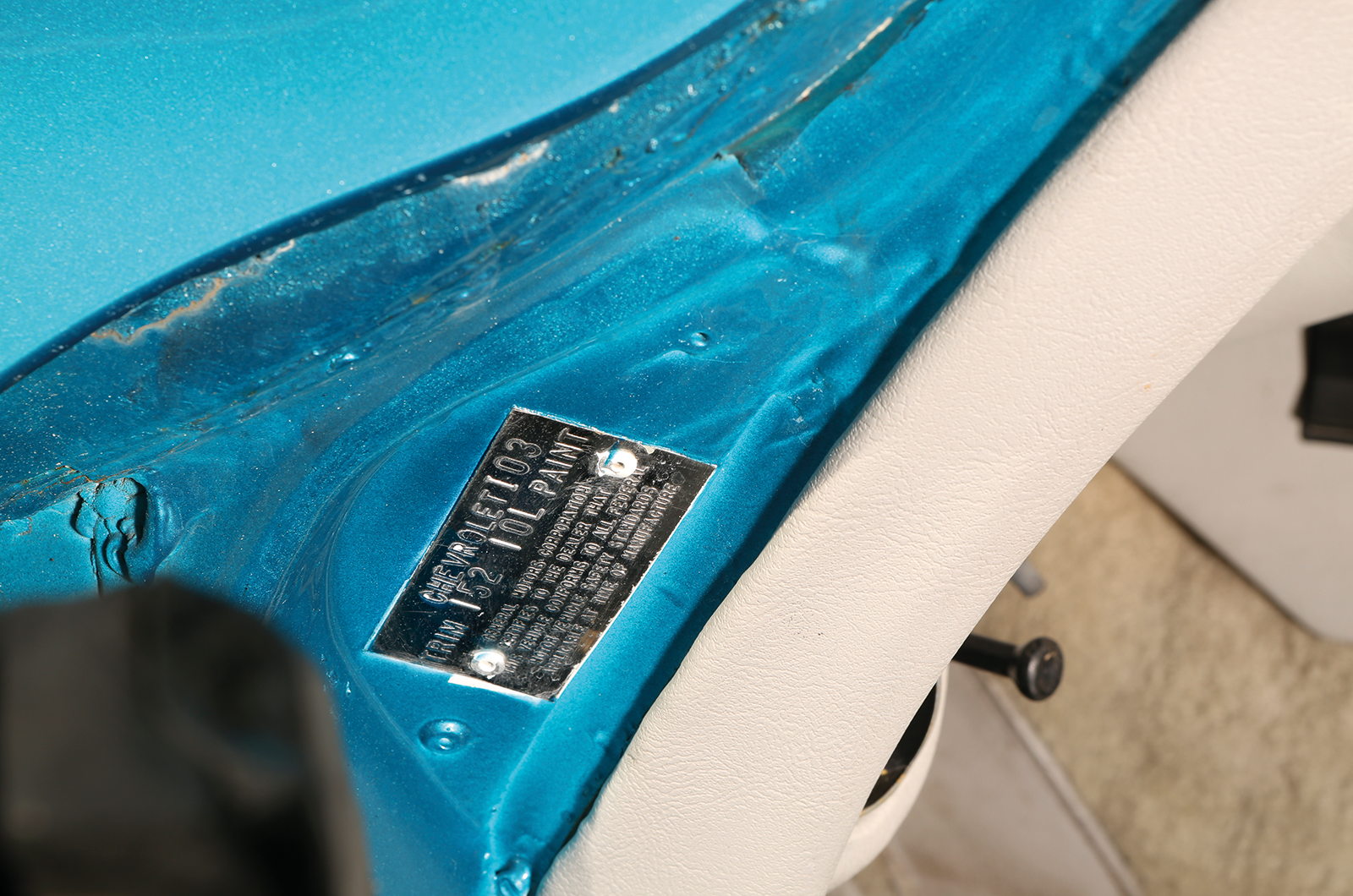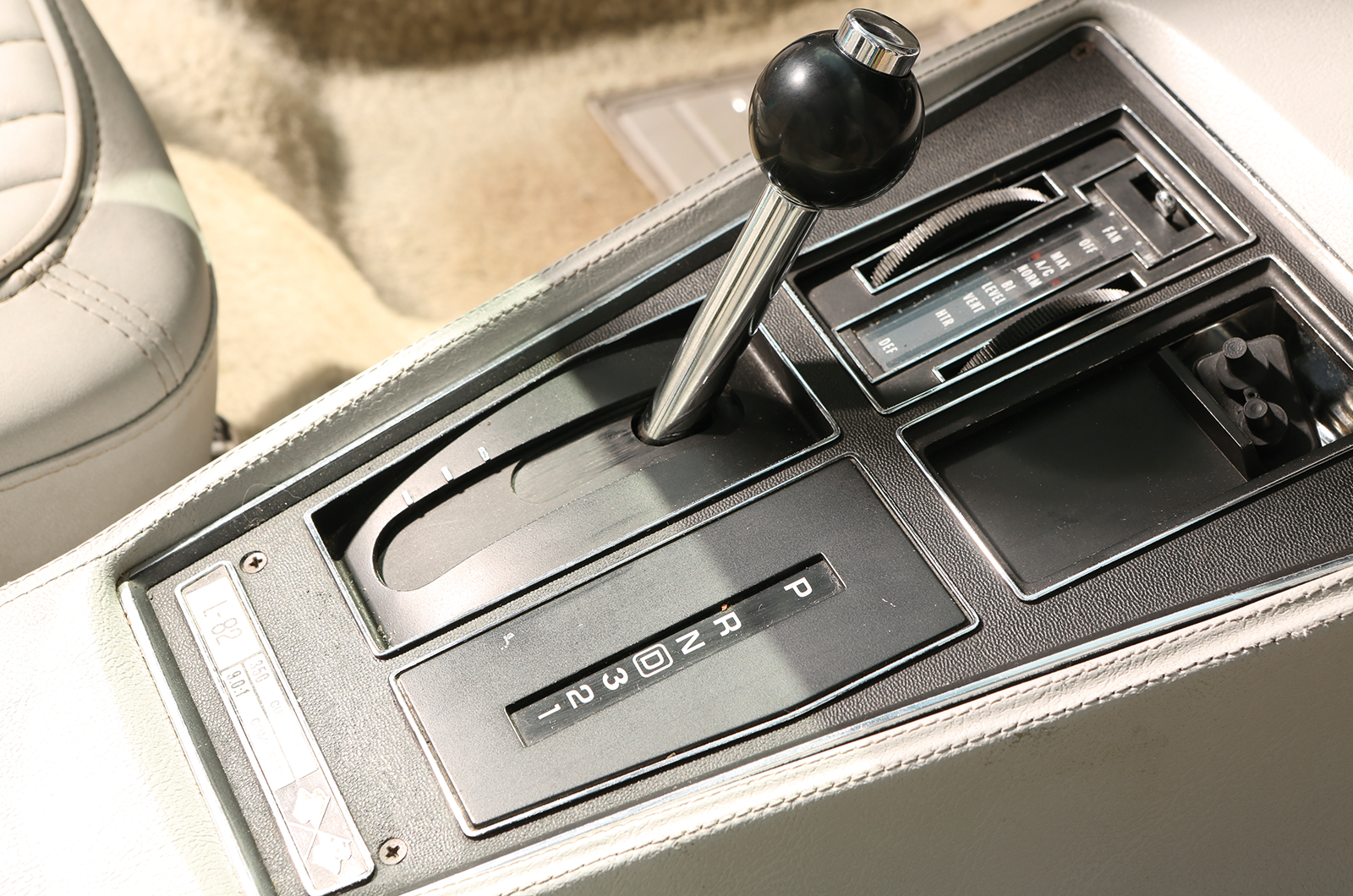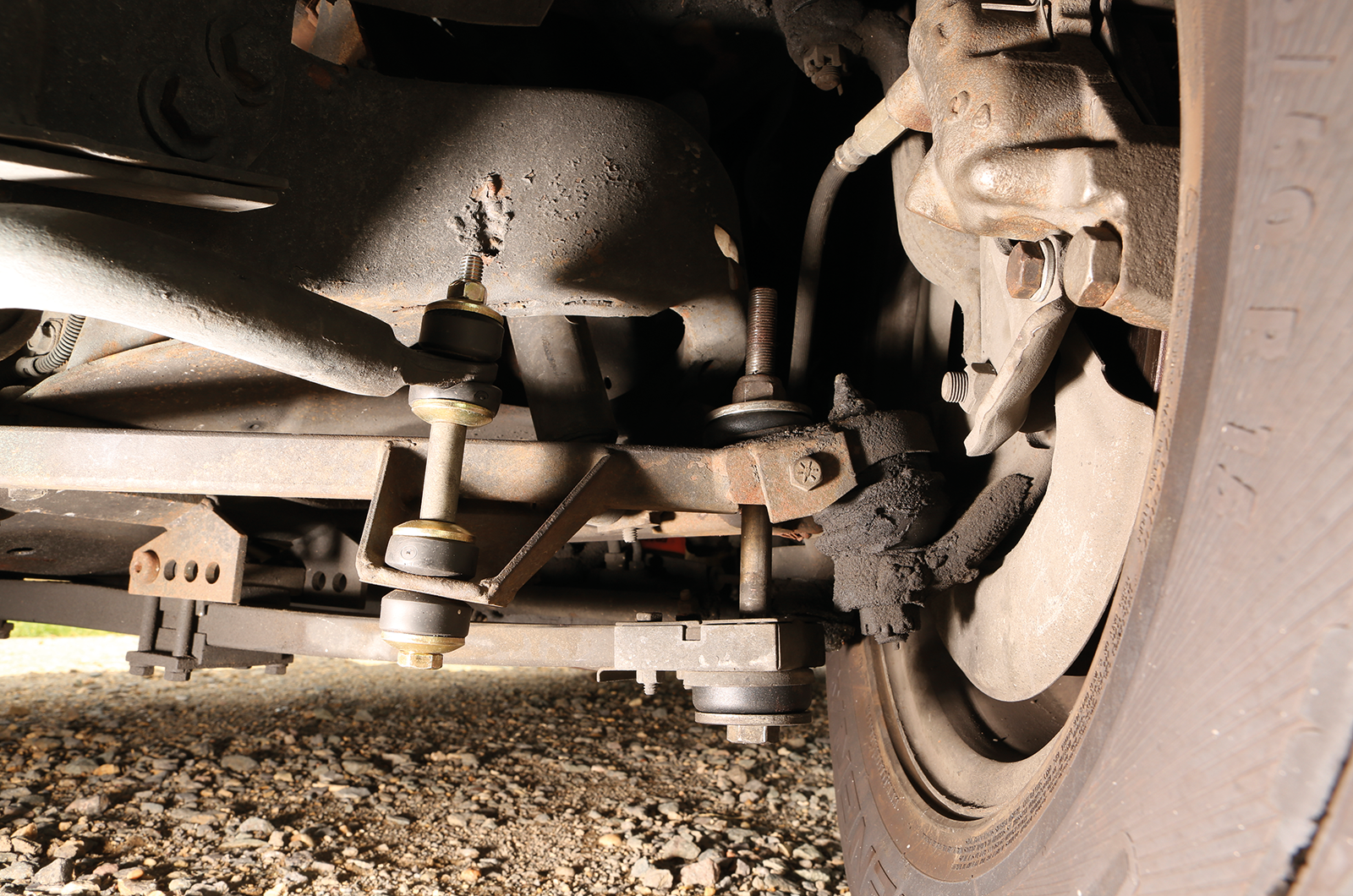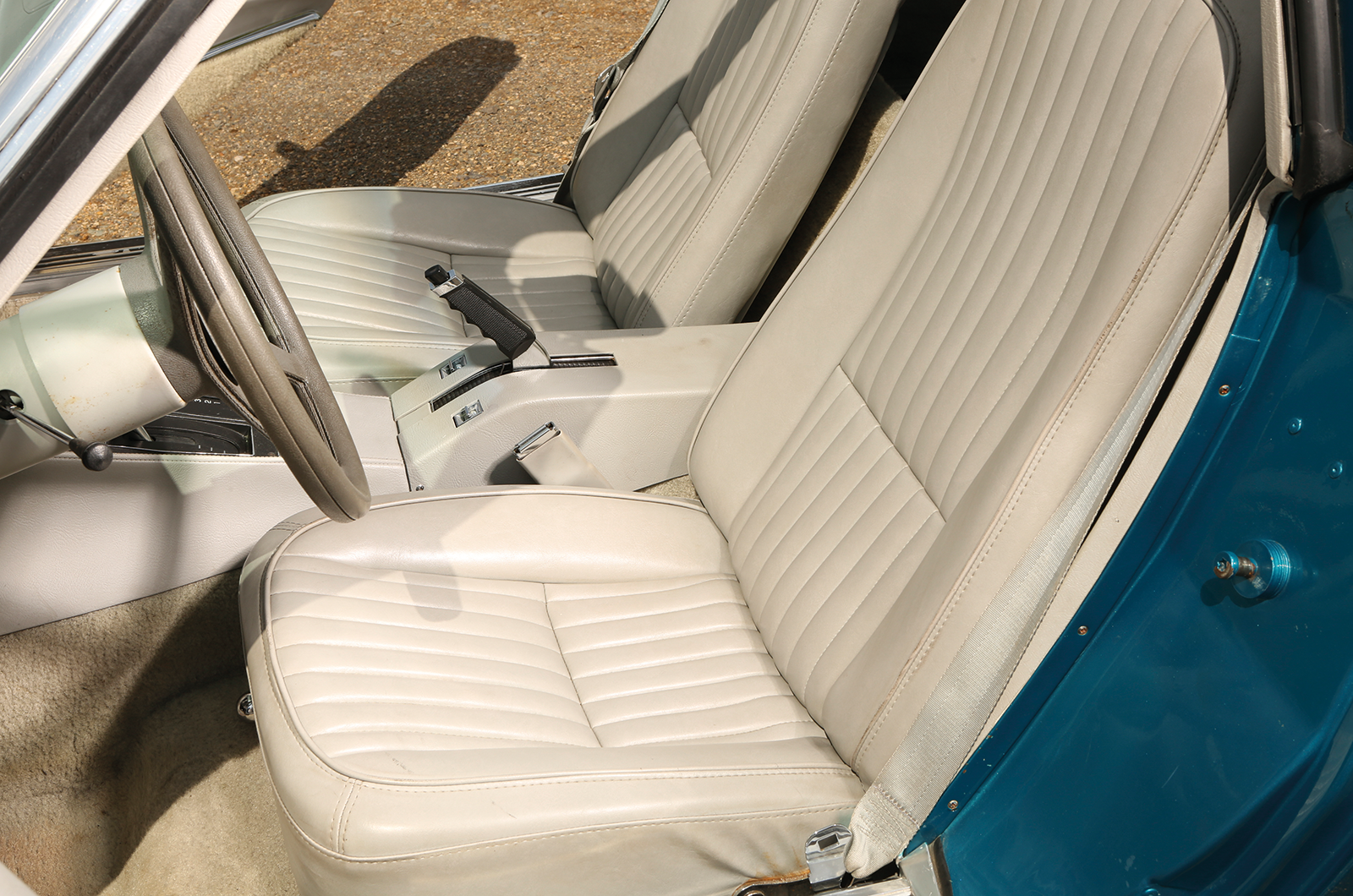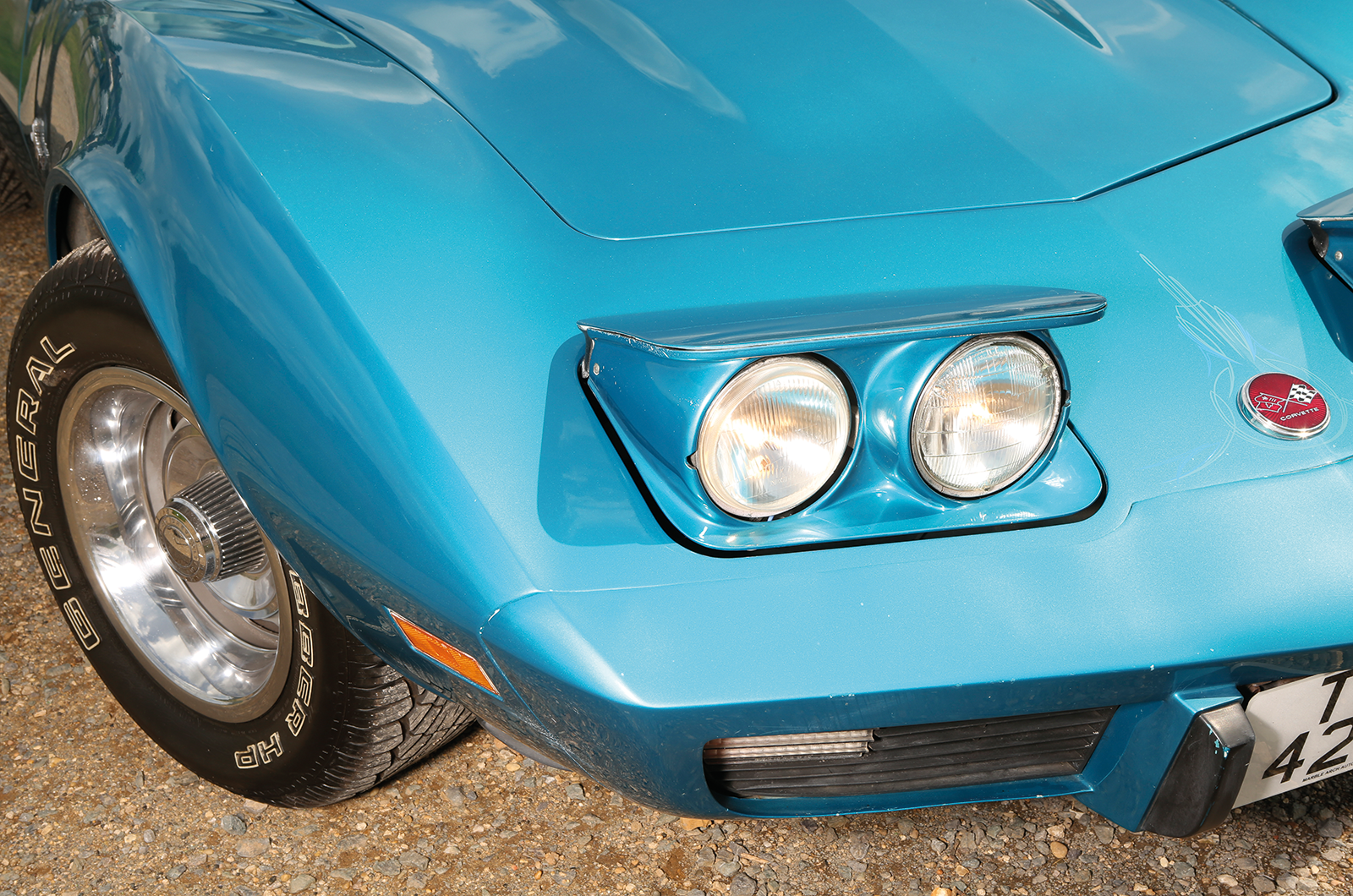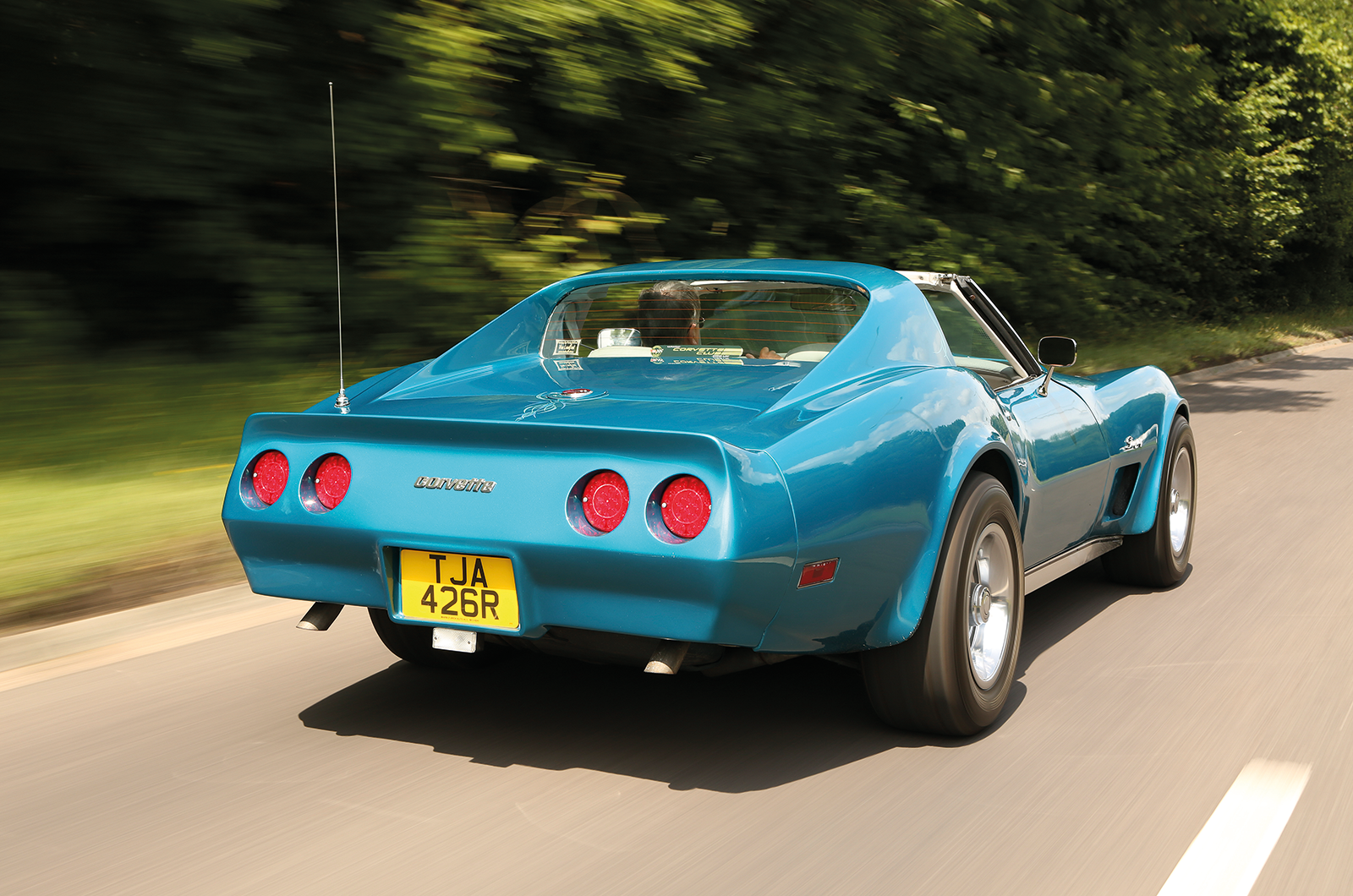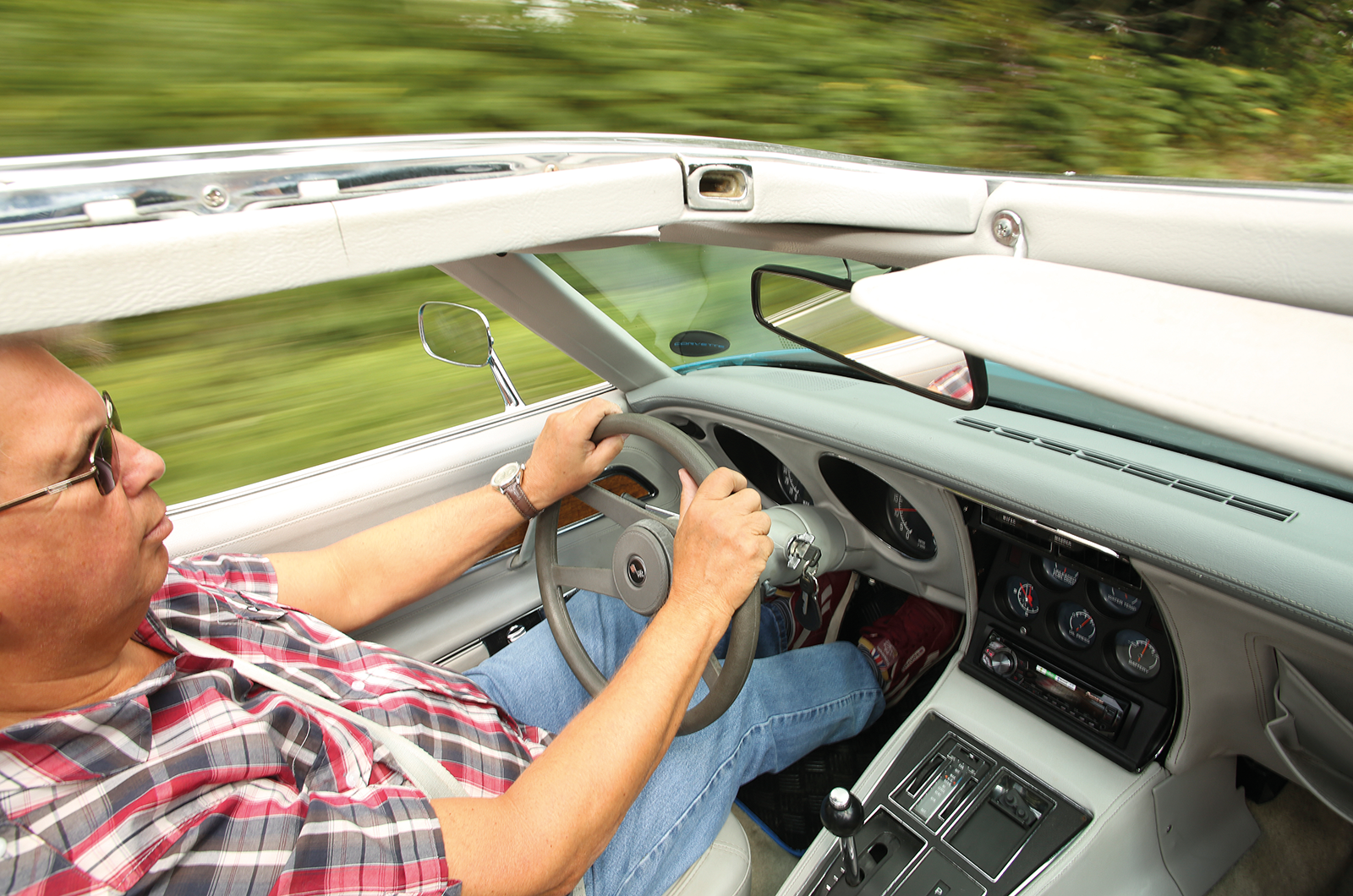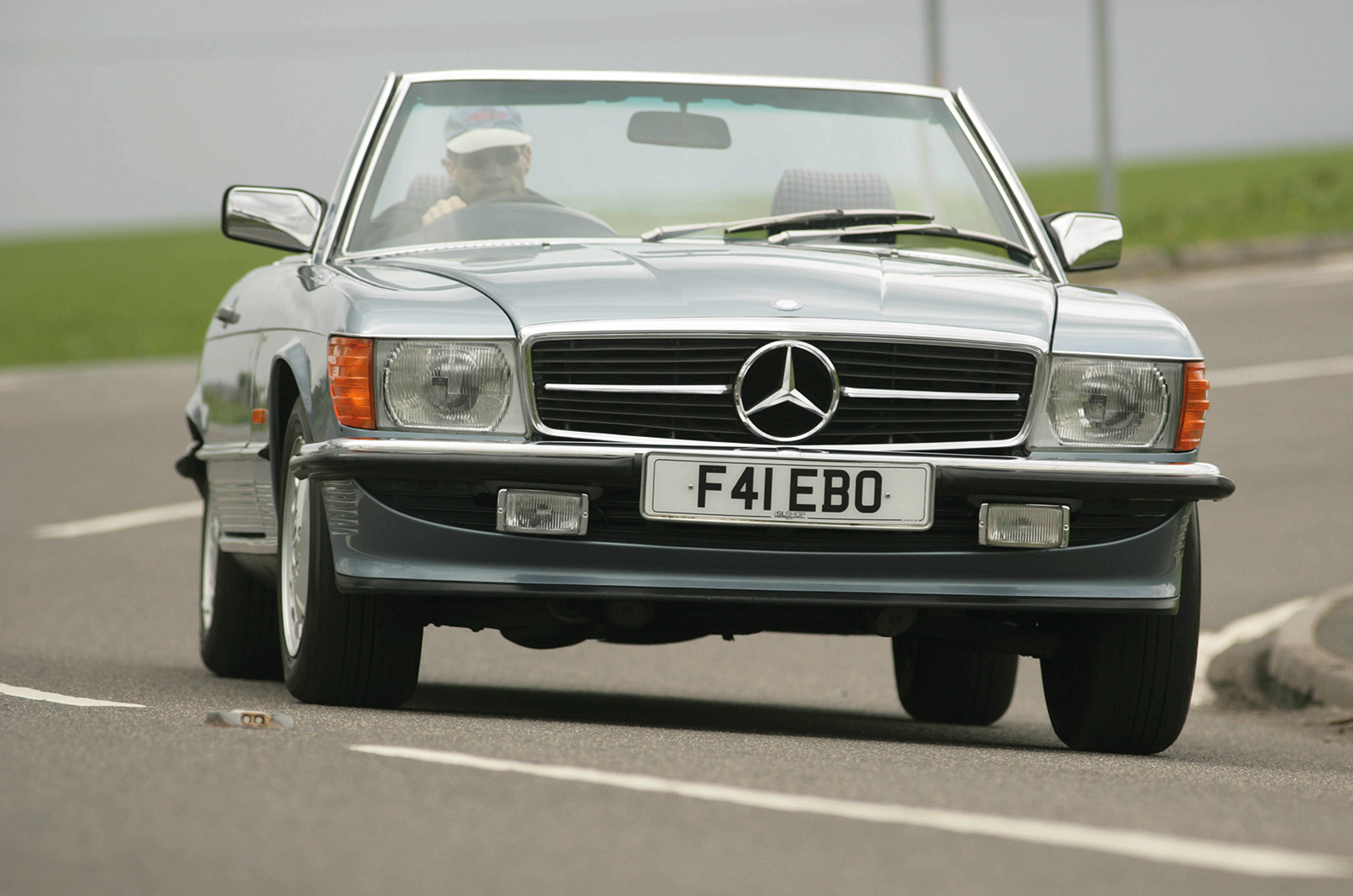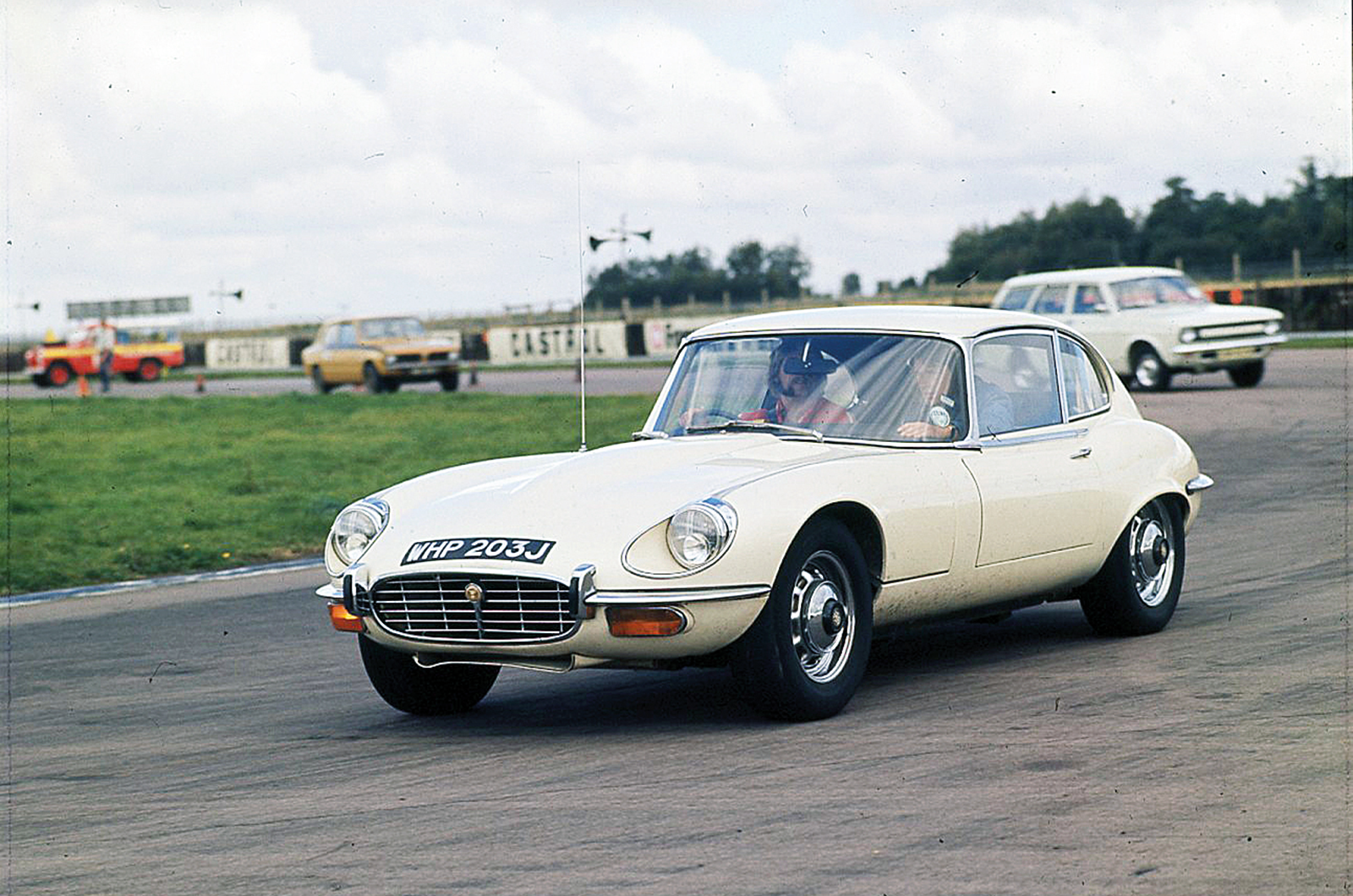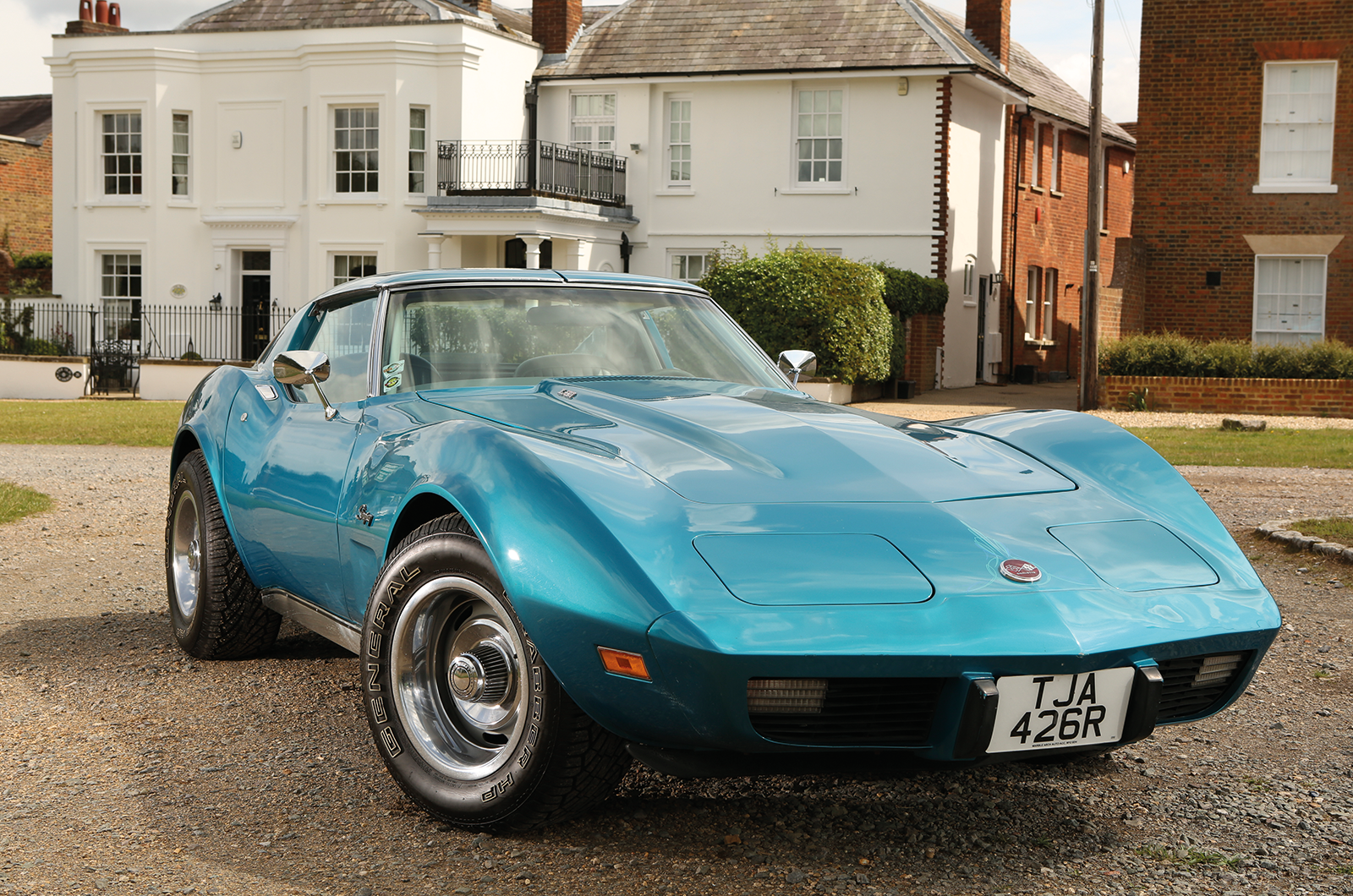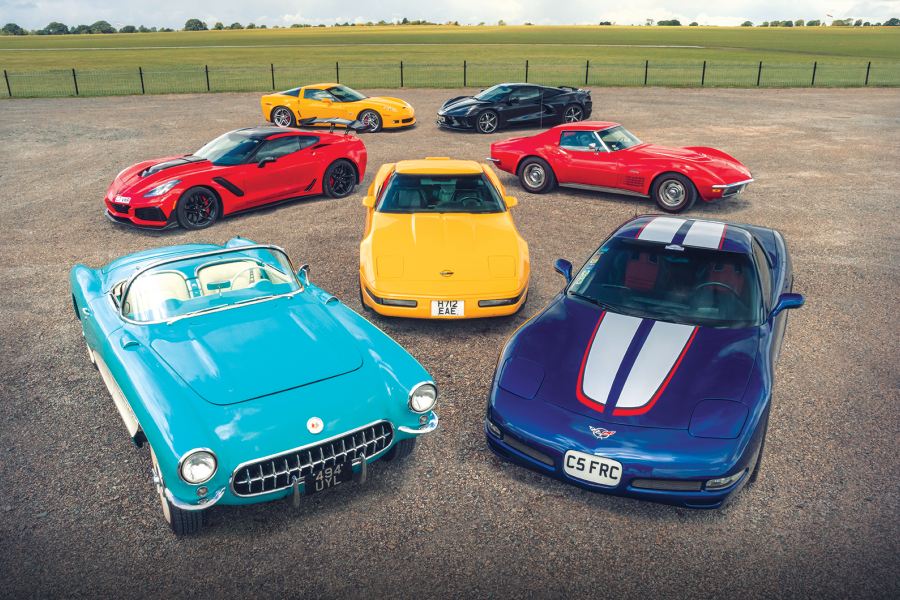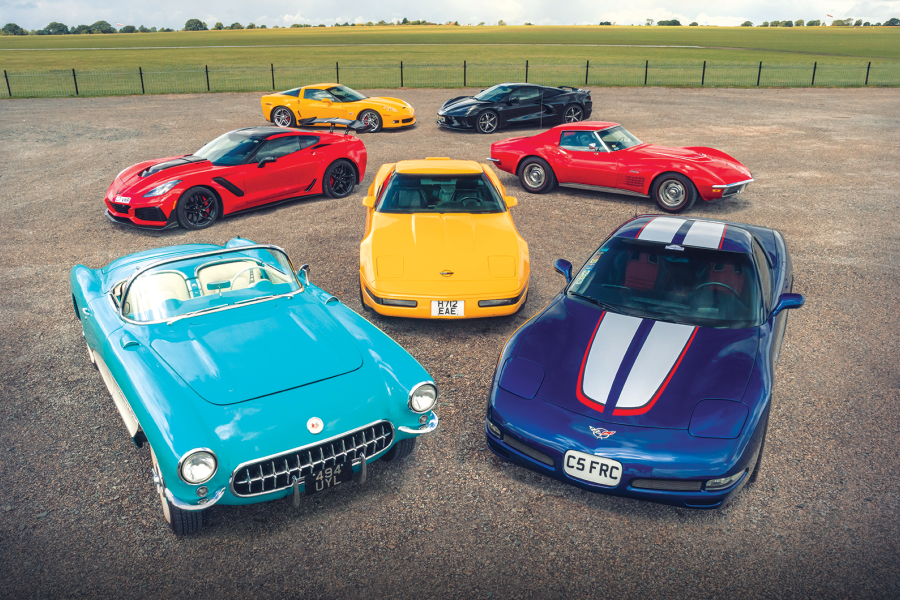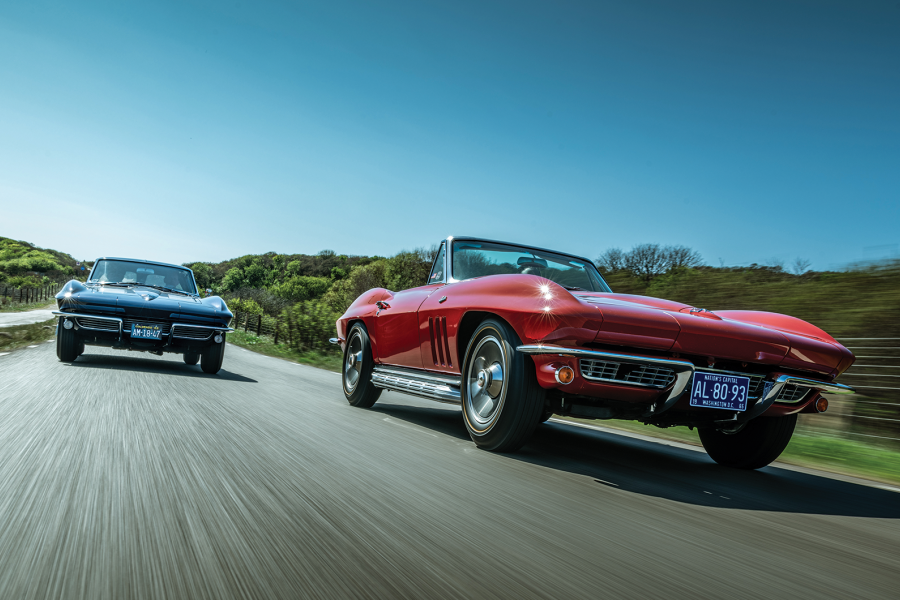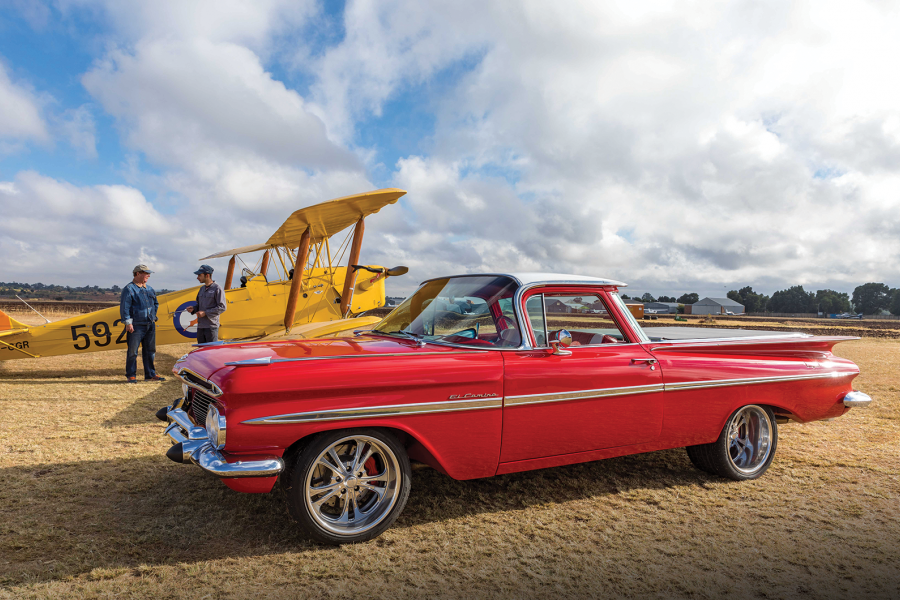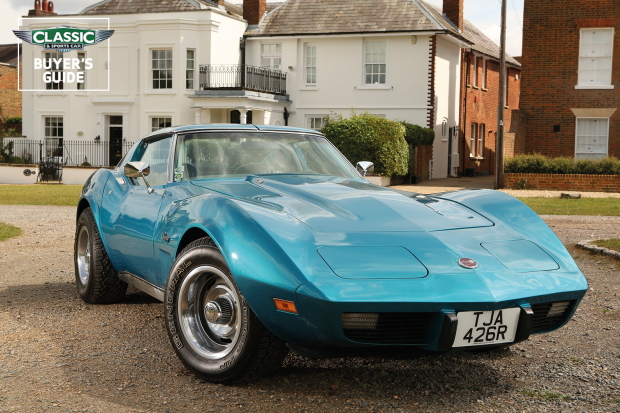
Why you’d want a Chevrolet Corvette C3
Bill Mitchell and Zora Arkus-Duntov developed the C3 from Larry Shinoda’s stunning Mako Shark II, abandoning costly plans for the ’Vette to go mid-engined. Instead, they turned the concept into Chevrolet’s most striking – and enduring – shape yet, with those distinctive bulging arches and front wings that swept up from the engine bay to the wheelarch lips.
The C3 Corvette would sell spectacularly well and could be a fun and exciting sports car. But European buyers attracted by the shape may well do a double-take at a far-from-tiny two-seater built into the 1980s without an opening bootlid, as well as with a separate chassis sitting on transverse leaf spring rear suspension. The late C3 gained a hatch, but Chevrolet persists with transverse leaf (in clever composite form) to this day.
Pre-1972 Corvettes had the most power, because unleaded-fuel capability and then catalytic converters sapped output dramatically as the ’70s progressed. Many later cars have since been uprated, however, or can be if you so desire. Big-blocks are the most sought-after in the USA, but in Europe – where fuel is costlier and roads are twistier – they can be a handful. A well-tuned small-block can match their performance while delivering a much more forgiving ride.

